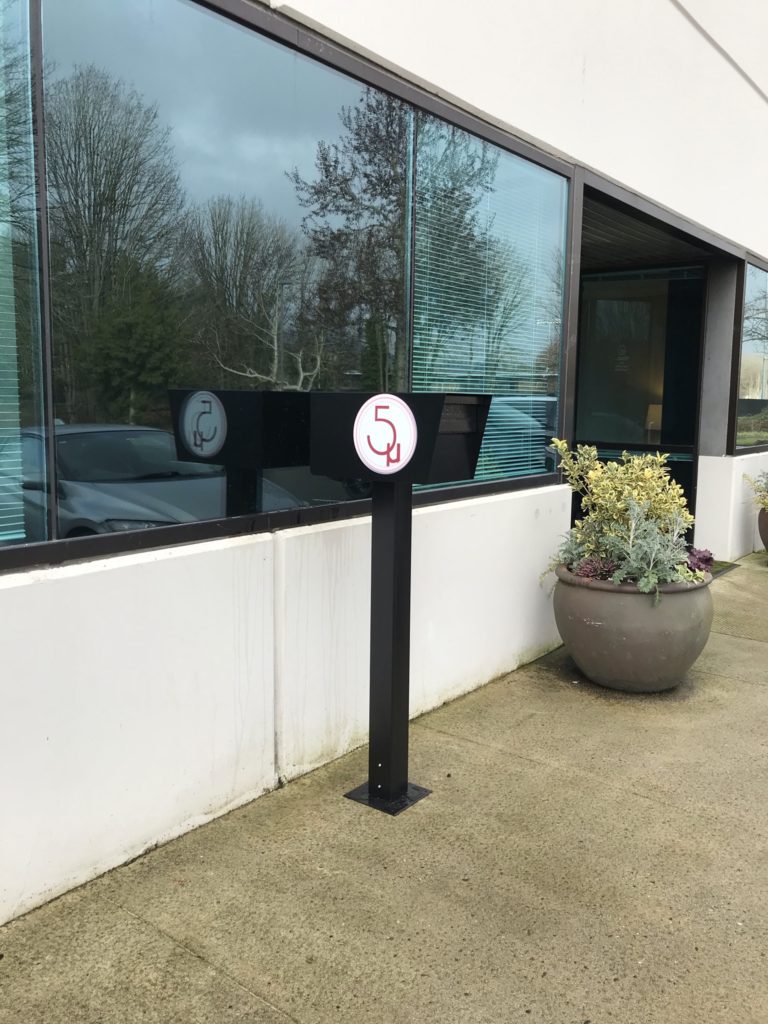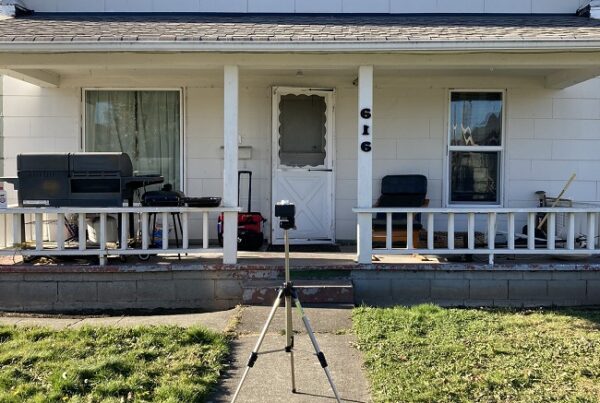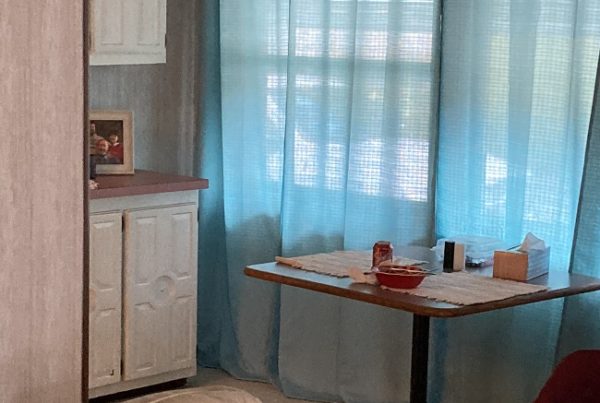
Several diseases can occur due to prolonged exposure to reasonably high amounts of asbestos fibers over time. We are going to look at one of the most common asbestos-related conditions in this article. But first, let’s start with a brief explanation of mesothelial cells. Lining the outside of the lung pleural and peritoneal cavities are mesothelial cells. These cells can result in pleural or peritoneal mesothelioma when asbestos fibers make contact with mesothelial cells.
The human body can defend itself from foreign items, but sometimes there are things that it can’t guard against, such as when some dust particles reach the tiny air sacs. In this circumstance, large cells called macrophages—also known as the lung’s garbage collector—tries to envelop the dust particle and take it in. However, the macrophages are usually unable to absorb asbestos fibers because of the asbestos fiber’s chemical and physical composition. Abrasive enzymes are discharged into sensitive lung tissue when the macrophages are damaged or destroyed in their attempt to consume the asbestos molecule. Other cells release enzymes when the Macrophages transmit signals to other digestive cells, which in turn causes constant scar formation, and the asbestos fiber is closed off. This scenario is exacerbated when inhaling copious amounts of asbestos fibers, resulting in many scars tissues being formed, and a condition called asbestosis is created.
ASBESTOSIS
Characterized by fibrotic scarring of the lung, asbestosis is a restrictive lung disease that reduces its overall volume. Shortness of breath is a typical symptom. Many unprotected workers who were exposed to extensive amounts of asbestos fibers over time developed asbestosis. There is a dose-response relationship between asbestos and developing this disease. Asbestosis develops, the longer a person is exposed to asbestos. All sorts of asbestos create asbestosis. Those affected by asbestos-related conditions often don’t realize it for many years; this is because asbestos diseases have a typical latency period of 10-20 years, as in the case of asbestosis.
Scar tissue continues to build around existing scar tissue and fibers in the lung regardless of discontinued exposure to asbestos. Reducing new scar tissue from forming can be achieved by abstaining from exposure to asbestos fibers.
What should you do if you suspect that you or a loved one has been exposed to asbestos over a long period and have a concern?
The first thing to do would be to contact your primary healthcare provider. You can also check for asbestos in your home. For instance, one of the areas often overlooked in older homes is checking the HVAC system for pipe wrap and lagging cloth, both of which can contain asbestos. When air flows through the ducts, if asbestos is present in this material, it becomes airborne and floats in your air space, which you then breathe.
You can take samples of this or any asbestos-containing material and send it to an asbestos testing lab for analysis under PLM microscopy. They can usually get you the results within one week and sometimes sooner. You also can hire an AHERA consultant who will come to your home and manage the process, collect the samples, and submit them to an asbestos testing lab for you. The consultant will also advise you on who to hire for removing the asbestos-containing material and provide a full report with a certificate and interpret the lab results. You can find an asbestos testing lab by doing an online search, and you can also find an AHERA consultant by contacting your local building department. They should have a list of certified consultants that are available in your area.
Where can I send a sample for asbestos testing?
Mail-in asbestos testing
5 Microns Inc.
7100 Fort Dent Way #100
Tukwila, WA 98188
IMPORTANT-MUST READ FIRST: All mail-in samples must have a tracking number and include our asbestos chain of custody form to be processed. If the chain of custody form is missing, your sample(s) will not be accepted and processed. Drop-offs MUST have the COC form inside your package but not in the sample bag. DO NOT MAIL YOUR SAMPLES BY FIRST CLASS MAIL. Send your sample(s) via USPS Priority Mail, UPS, and FedEx. It is essential to closely follow these directions so our asbestos testing lab can promptly process your sample(s).
*PLEASE NOTE FOR ALL DROP-OFFS: All samples must be dropped off at the back of the office building located at 7100 Fort Dent Way Tukwila WA outside the Tabor 100 Office and placed inside the black drop-box pictured below. Do not take your samples to the front desk. The front desk will not accept drop-offs over the counter, NO EXCEPTIONS

5 Microns Inc. Sample Drop Box



